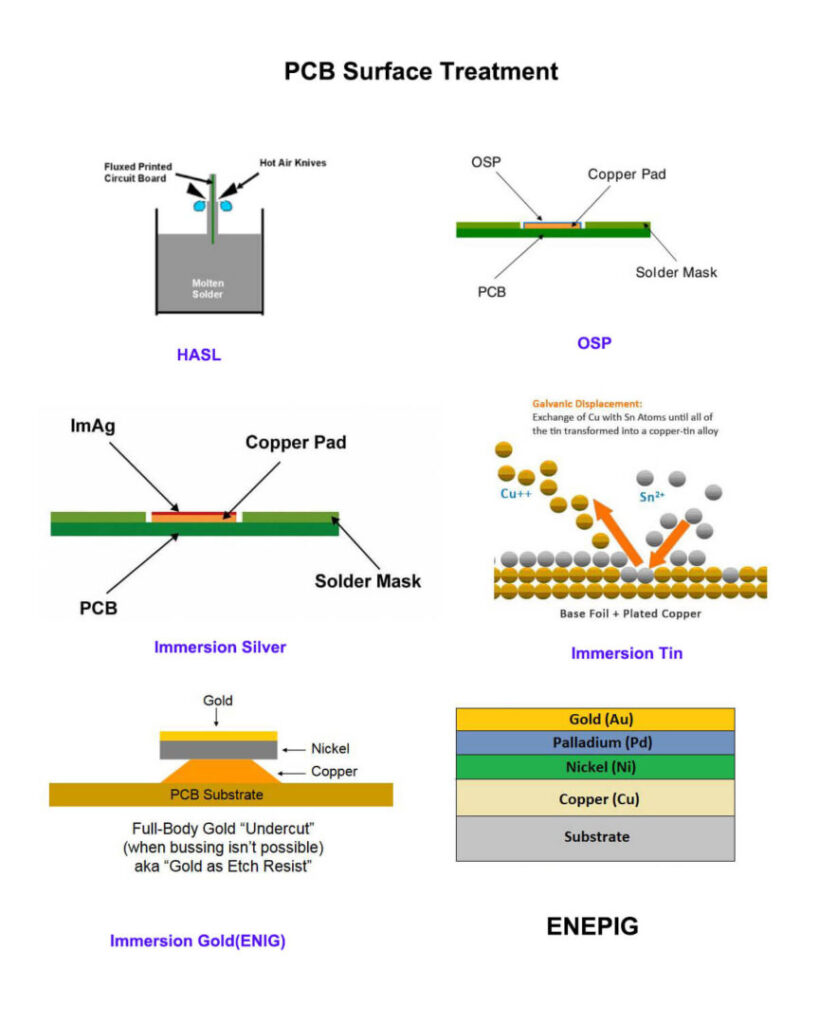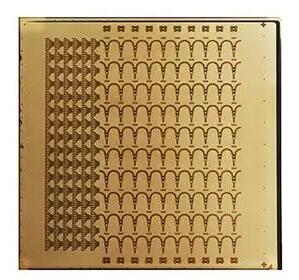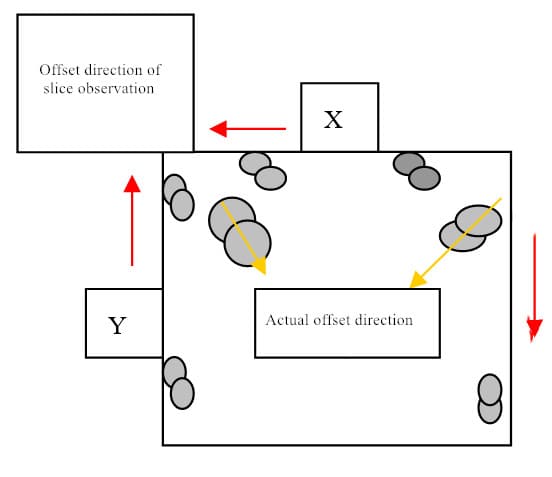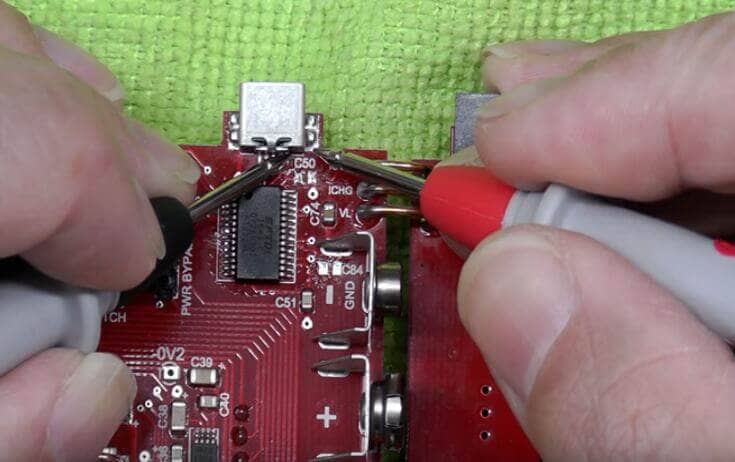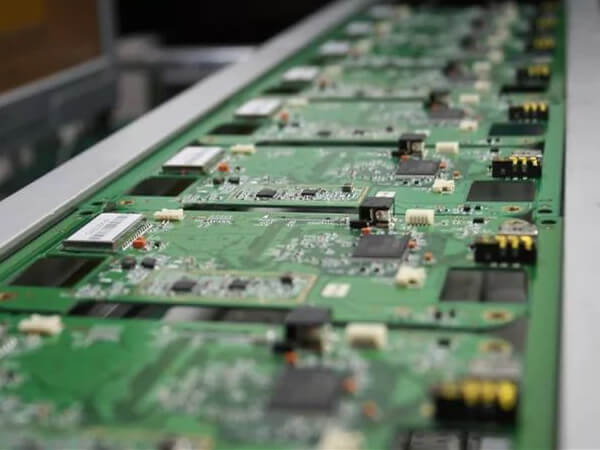Common Errors in Schematic Diagram
(1) ERC report pin has no access signal
- I / O attributes are defined for pins when creating encapsulation;
- When creating or placing components, inconsistent grid attributes are modified, and pins and lines are not connected;
- When creating a component, the pin direction is reversed, and the non pin name end must be connected.
(2) Component out of drawing boundary: no component was created in the center of the catalog chart.
(3) The created project file network table can only be partially transferred into PCB: Global is not selected when generating netlist.
(4) Do not use annotate when using multi part components created by yourself
Common Errors in PCB
(1) Report node not found during network load
- The components in the schematic diagram use packages that are not available in the PCB library;
- The components in the schematic diagram use packages with inconsistent names in the PCB library;
- The components in the schematic diagram are packaged with inconsistent PIN numbers in the PCB library. For example, the pin number in Sch is e, B, C, while that in PCB is 1, 2, 3.
(2) Always cannot print on one page when printing
- The PCB library was not created at the origin;
- After moving and rotating the components for many times, there are hidden characters outside the boundary of PCB board. Select show all hidden characters, shrink the PCB, and then move the characters into the boundary.
(3) The DRC reporting network is divided into several parts
Indicates that the network is not connected. Look at the report file and select connected copper to find it.
In addition, remind to use WIN2000 as much as possible to reduce the chance of blue screen; Export the file several times to make a new DDB file, reduce the file size and the chance of Protel dead.
If you make a more complex design, try not to use automatic layout.
In PCB design, layout is an important step to complete the product design. It can be said that the previous preparatory work is done for it. In the whole PCB, the layout design process is the most limited, the skills are the smallest, and the workload is the largest. PCB layout includes single-sided layout, double-sided layout and multi-layer layout. There are also two ways of layout: automatic layout and interactive layout. Before automatic layout, the lines with strict requirements can be pre arranged by interactive layout. The side lines of the input and output terminals should be parallel to each other to avoid reflection interference. If necessary, ground wire should be added for isolation. The layout of two adjacent layers should be perpendicular to each other, which is easy to cause parasitic coupling.
The routing efficiency of automatic routing depends on good layout, and the routing rules can be set in advance, including the number of bends, the number of vias, the number of steps, etc. In general, exploratory routing is used to connect the short lines quickly, and then labyrinth routing is used to optimize the global routing of the lines to be laid, which can disconnect the laid lines according to the needs. And try to rewire to improve the overall effect.
For the current high-density PCB design, the through hole is not suitable, which wastes a lot of valuable layout channels. In order to solve this contradiction, blind hole and buried hole technology appear. It not only completes the function of through hole, but also saves a lot of layout channels, which makes the layout process more convenient, smoother and more perfect, PCB board design process is a complex and simple process, in order to grasp it well, we need the majority of electronic engineering designers to experience, in order to get the true meaning.

